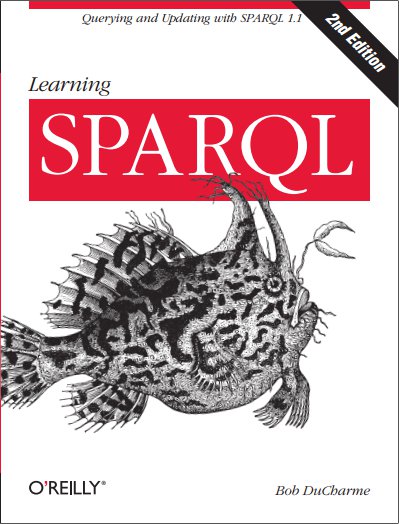Open Anzo is the third disk-based triplestore that I managed to set up, load with a few files of RDF data, and query with SPARQL. Its home page describes it as “an open source enterprise-featured RDF store and service oriented middleware platform that provides support for multiple users, distributed clients, offline work, real-time notification, named-graph modularization, versioning, access controls, and transactions with preconditions”.
As I wrote in my last entry, I’ve recently figured out how to assign metadata to RDF graphs and to perform SPARQL queries on sets of those graphs. I’m working a bit backwards here, because I’m now moving on to the use cases that got me thinking about this in the first place. It’s easier to think about them now that I know that I can implement them using standard syntax and multiple open source implementations of that standard. I wanted to outline my ideas about how to…
Most triplestores support named graphs, and from a high level I can see how they’d be useful, but as I think about using named graphs to address specific application needs, some questions come to mind, so I thought I’d throw them out there.
Just about all the RDF triplestores I’ve been trying were designed from the ground up to store RDF triples. OpenLink Software’s Virtuoso is a database server that can also store (and, as part of its original specialty, serve as an efficient interface to databases of) relational data and XML, so some of my setup and usage steps required learning a few other aspects of it first. For example, the actual loading of RDF is done using Virtuoso’s WebDAV support, so I had to learn a…
My efforts to set up and try RDF triplestores have been a bit frustrating. I won’t go into reasons here, because several of the efforts are on hold for now, but my attempts to set up and use Sesame went so quickly and easily that I wanted to write it up right away.
I recently realized that most of my experience with RDF has been with tools that load triples into memory and then work with them there, so I’ve decided to get to know the disk-based triplestores out there better: Jena, Joseki, Sesame, AllegroGraph, OpenLink, Mulgara… let me know if I’m missing anything here.
The open-source program Pellet is described as an OWL reasoner, but I’ve used it mostly as a SPARQL engine that happens to understand OWL. So, for example, if I have RDF that says “Loretta’s spouse is Leroy and spouse is a symmetric property,” but the data makes no mention of Leroy’s spouse, and I ask Pellet “who is Leroy’s spouse,” it can give me the answer.


